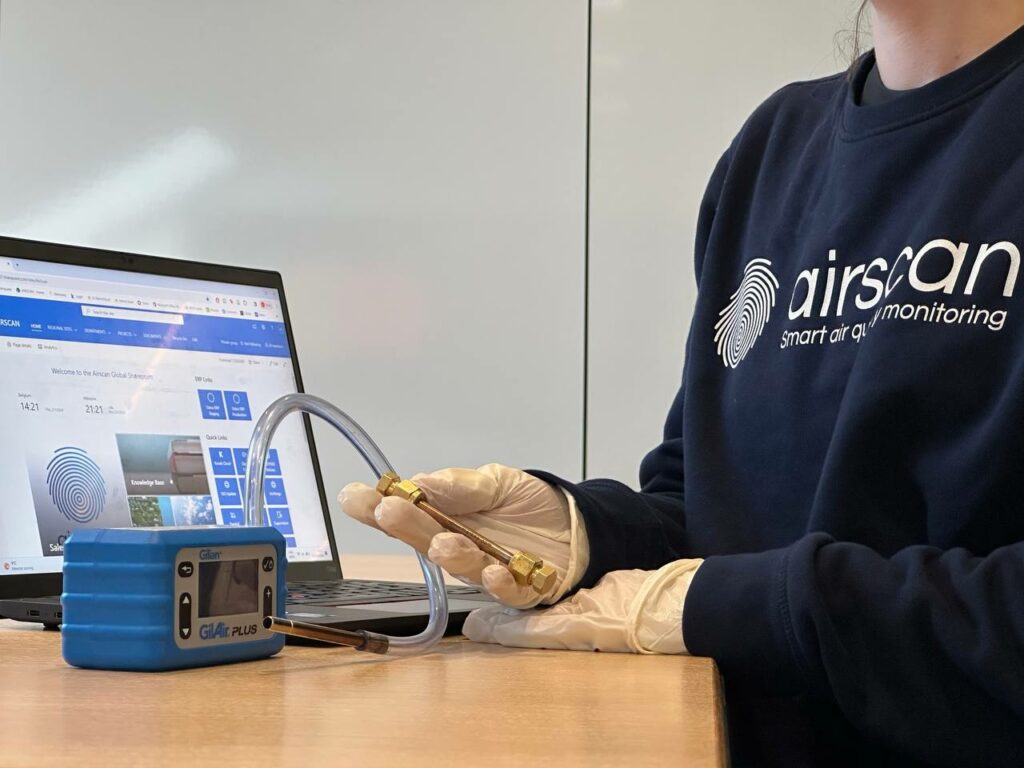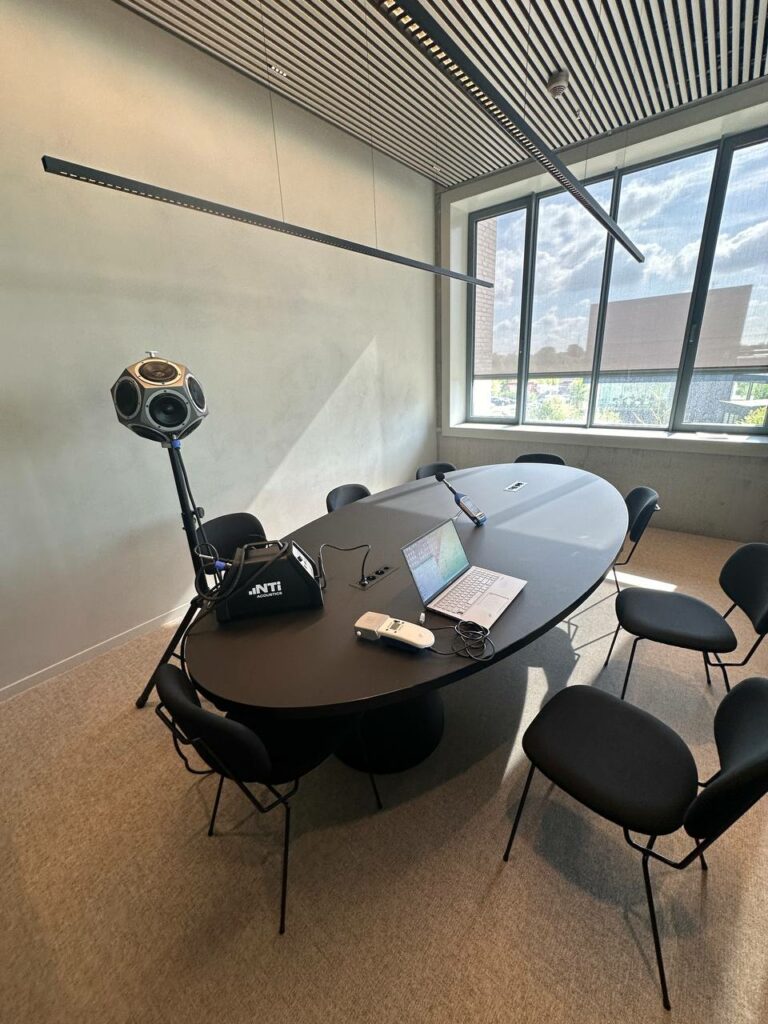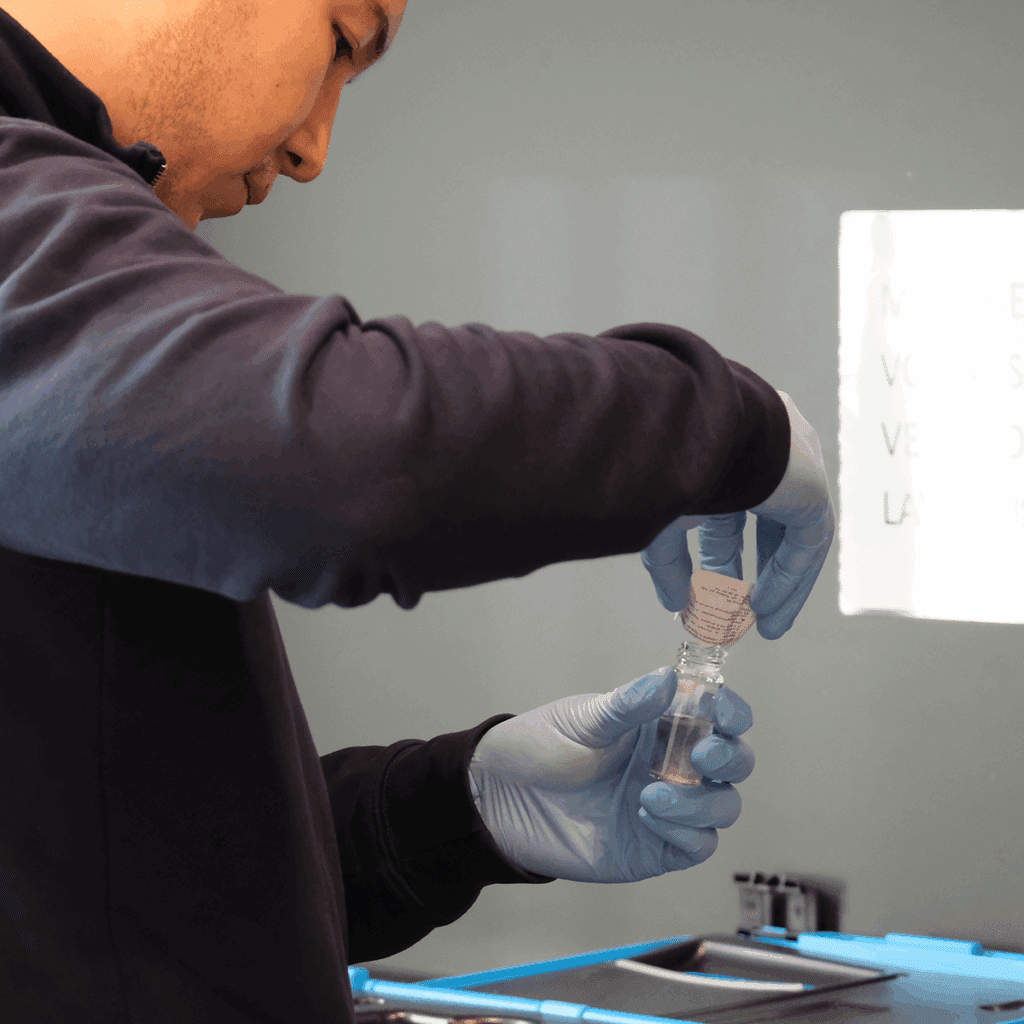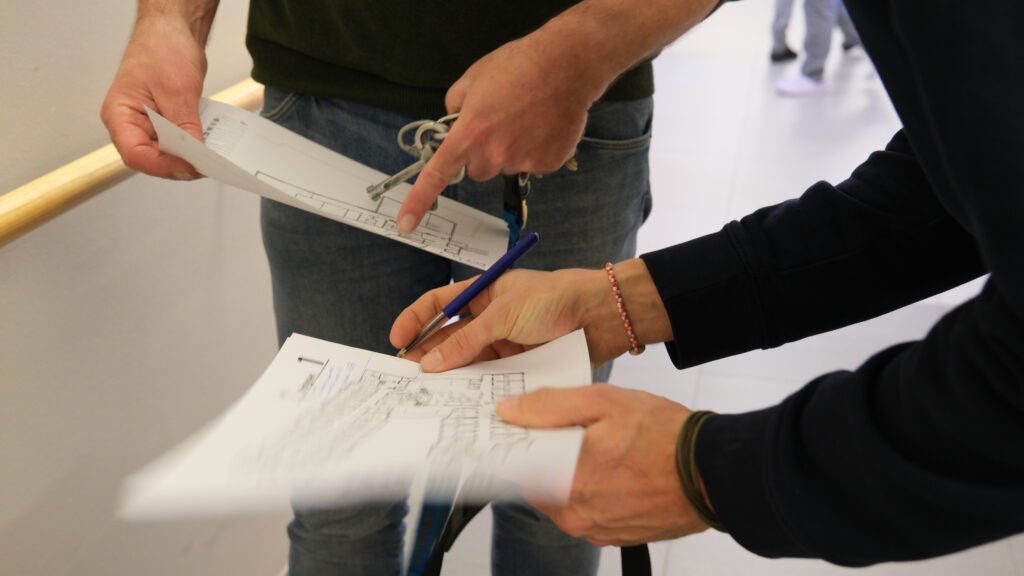When Sustainability Drives Building Design and Construction:
The Role of Green Building Certification

The increasing amount of time people spend indoors, which often exceeds 85% of their day or roughly 20 hours, has heightened awareness around the quality of indoor environments. As a result, issues such as indoor air quality, lighting (both color and intensity), thermal comfort, and acoustic levels have become critical areas of focus. These factors are not only essential for health and well-being but also significantly influence tenants’ productivity and concentration. Given the importance of these factors, developers and building owners are increasingly turning to the concept of green buildings. This approach focuses on creating sustainable, healthy indoor environments that are energy-efficient and environmentally friendly. To achieve these standards, many are pursuing certifications such as WELL, BREEAM, LEED.
Green Building performance verification
Despite the presence of similar elements, each building certification has its own unique parameters and requirements. Therefore, in this article, we will analyze in detail the WELL, BREEAM, and LEED certifications and also explain how Airscan can help your project achieve the highest possible score.

1. WELL Certification
WELL Certification takes a comprehensive approach to health and well-being, considering both physical and mental aspects of tenants and visitors of a building. It covers variety of parameters from air and water quality to nourishment programs and strategies to support mental health and well-being
Airscan is an official WELL Performance Verification Organisation approved by International Well Building Institute operating in Benelux and South-East Asia Region. Our Performance Testing Agents and WELL Accredited Professionals team supports our clients with post construction performance verification tests as well as annual resubmittal and maintaining the obtained certification following the requirements. The WELL features which require performance verification are:
- Indoor Air Quality
- Water Quality Management
- Lighting Measurements
- Thermal Comfort
- Acoustic Comfort
1. BREEAM
BREEAM (Building Research Establishment Environmental Assessment Method) is one of the world’s leading sustainability assessment methods for master planning projects, infrastructure, and buildings. It is widely used to drive and recognize high standards in sustainable design, construction, and operation. The certification approach is built over energy use, health and well-being, materials, waste, water, pollution, transport, land use, ecology, and management processes.
Airscan supports building targeting BREEAM certification through the following services:
- Dynamic Air Quality simulations in the design phase of the building. The objective is to validate the choice of building materials (VOC-emissions), ventilation design and model future indoor air quality conditions.
- Post-construction indoor air quality tests including Formaldehyde and Total Volatile Organic Compounds tests following ISO 16000-3 and ISO 16000-5 methods.
- Validation of acoustics parameters including noise levels, materials’ sound insulation and reverberation time.
3. LEED
LEED (Leadership in Energy and Environmental Design) is a globally recognized certification system for green buildings. Developed by the U.S. Green Building Council (USGBC), LEED provides a framework for healthy, efficient, and cost-saving green buildings. Together with BREEAM certification it is one of the most widely used green building rating systems in the world.
Airscan supports the LEED certification process by offering the following services:
- Post construction air quality tests including: carbon dioxide (CO2), particulate matter (PM2.5 and PM10), Ozone (O3), Carbon Monoxide (CO), Formaldehyde (CHOH) and Total Volatile Organic Compounds (TVOCs).
- Support in developing indoor air quality management plan including ventilation design and optimisation.
- Sensors technology for permanent air quality and comfort parameters monitoring.

Conclusion
As previously mentioned, all three green building certifications have similar requirements. Thus, some of the results obtained for one of the certifications can be reused as proof for another. For instance, VOCs and Formaldehyde levels can be directly tested for both WELL, BREEAM and LEED certifications in one-go. Such opportunities and crosswalk strategies between the certification are always evaluated and proposed by our experts to achieve maximum efficiency and optimise the certification costs.
Want to know more
Latest Articles

School air quality: protect children today | Airscan
Children are more vulnerable to air pollution at school. Key Brussels data, effective measures (school streets, LEZ), and Airscan solutions: monitoring, smart ventilation, certification‑ready reporting.


Ventilation Audits in Flanders Care Homes: Airscan’s 40‑Site Study on Indoor Air Quality
Airscan’s audit of 40 Flemish care homes uncovered critical ventilation issues: nearly 1 in 4 rooms exceeded safe CO₂ limits. With VEB and VIPA support, the study offers data-driven solutions to protect residents’ health.
